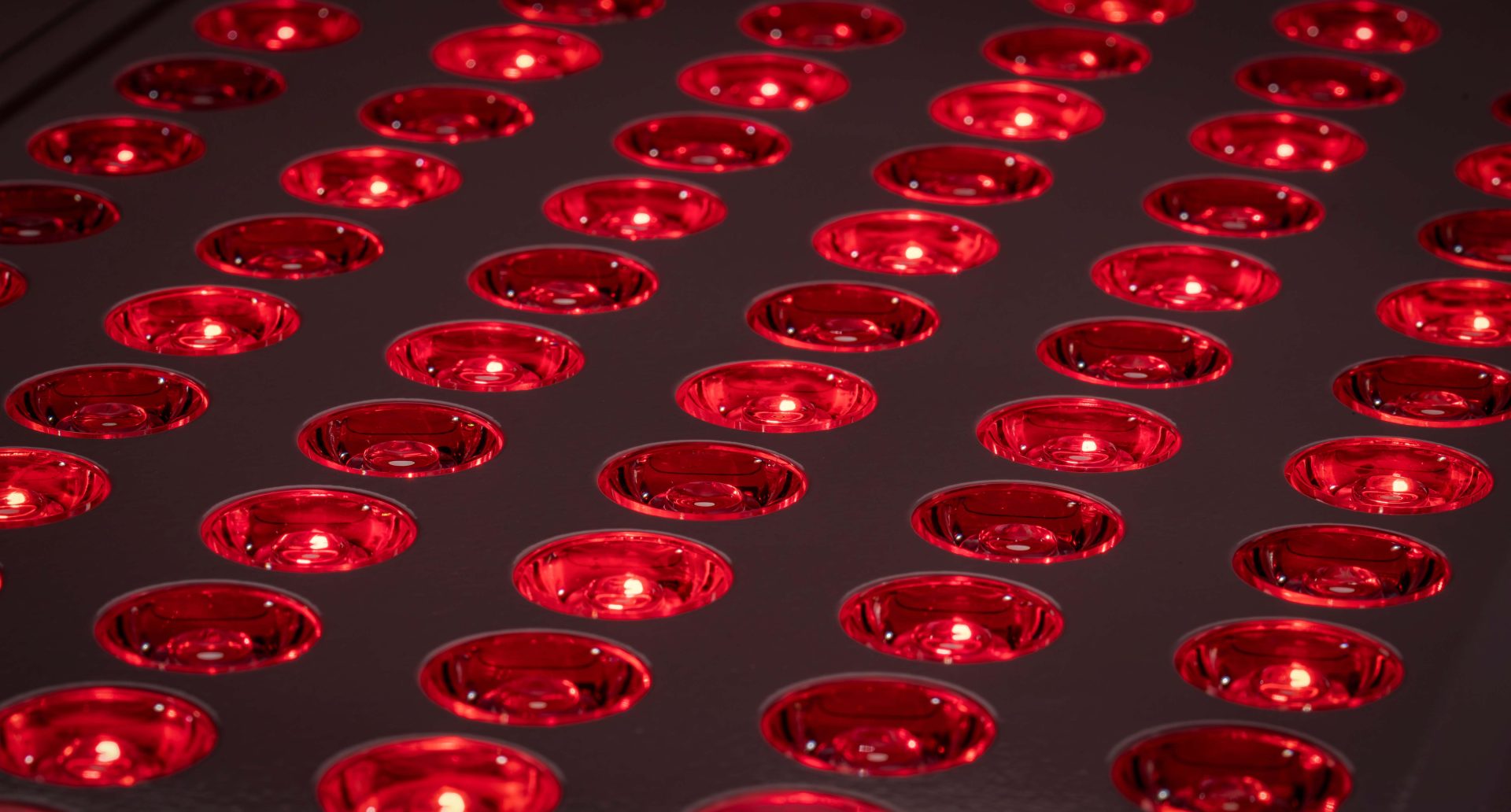The study “Evaluation of Red and Infrared Laser Therapy in Wound Healing” aimed to investigate the effects of red and infrared lasers on wound healing using histological analysis in rats. Conducted by Simone Marja Rodrigo, Alexandre Cunha, and colleagues, the study involved 36 male Wistar rats, which were divided into four groups: a control group (no laser treatment), a red laser group, an infrared laser group, and a combined red and infrared laser group. The researchers created three wounds on each rat’s back and applied the lasers to one of them, with different doses and wavelengths (685 nm for red and 830 nm for infrared). They then observed the healing progress at 3, 5, and 7 days post-treatment. The study found that the combined use of red and infrared lasers resulted in the most advanced wound healing, particularly for wounds located further from the laser application site, suggesting a systemic effect.
This research suggests that infrared therapy, including the use of infrared lasers, can significantly enhance the wound healing process. The combined effect of red and infrared lasers demonstrated a stronger healing response compared to the control group. Infrared therapy, like that used in infrared saunas, can improve circulation, reduce inflammation, and accelerate tissue repair, which are all crucial for effective wound healing. The study shows that laser therapy’s ability to stimulate biological processes such as cellular repair and blood flow may offer therapeutic benefits not only for localized wounds but also for broader systemic effects, making infrared treatments a valuable tool in promoting faster and more efficient healing, particularly in patients with chronic wounds or conditions like diabetes.





